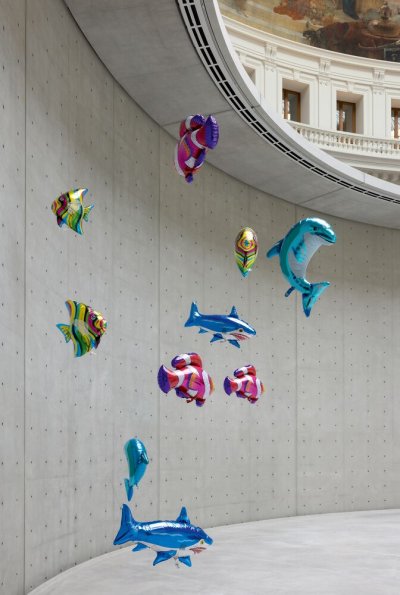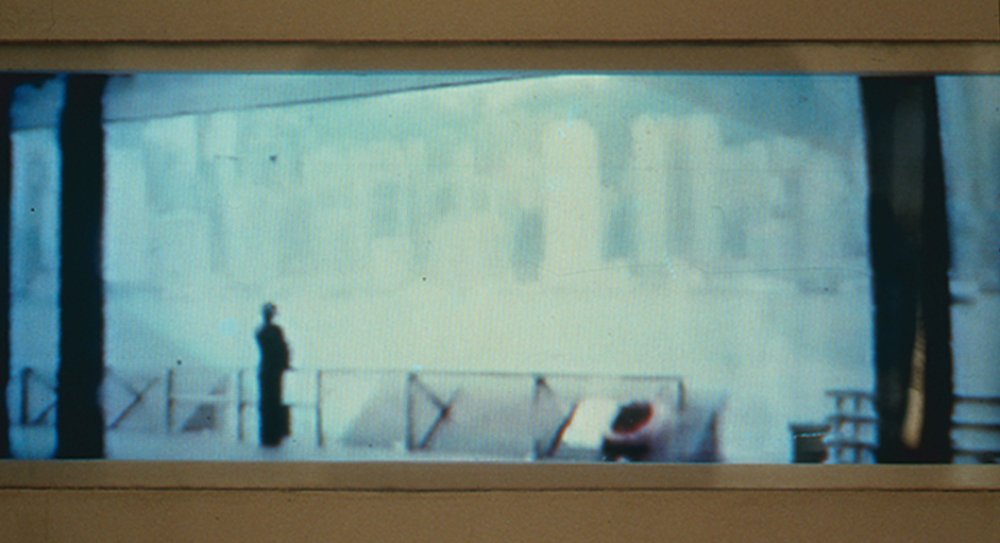OPERA (QM.15)
Vidéo haute définition, projecteur video, écrans, lecteur multimédia, haut-parleurs, éclairage, filtres
Elément Vidéo: 8,5min.
Surface de projection (Surface minimum d'installation): (largeur) 1500 × (profondeur) 750 cm (590 9/16 × 295 1/4 in)
OPERA (QM.15), a work by Dominique Gonzalez-Foerster, inhabits Gallery 3 of the Bourse de Commerce, filling it with the presence of Maria Callas.
Dominique Gonzalez-Foerster’s work feeds on a living memory of cinema, literature, and the open structures of architecture and music. In 2012, she initiated a series of performative works, or apparitions, in which she embodies characters as diverse as Bob Dylan, Emily Brontë, and Ludwig II of Bavaria, forming a fragmented opera entitled M.2062. These performances, during which the artist allows herself to be inhabited by other char-acters, reactivate famous, even “cult” performances, sometimes through holographic projections. The artist explains how these apparitions “have more in common with a spiritual session—an attempt to communicate with certain spirits—than with theatre or cinema, a sort of prepared trance, allowing the apparition or reapparition of intense artistic moments.” She also chooses to place the visitor at the centre of her work.
In January 2016, she embodied the opera, transforming herself into Maria Callas. This appearance became the autonomous work OPERA (QM.15). The archetypal figure of Callas appears, emerging from the darkness before dissolving into it once again. The artist haunts the gallery space through this spectral envelope, breathing new intensity into it as she is inhabited by the diva, to the point of blending her own voice with that of the soprano. The recordings of arias from Luigi Cherubini's Medea, Giuseppe Verdi's La Traviata, and Amilcare Ponchielli's La Gioconda, are those of the young Maria Callas at the height of her artistic power, while her emblematic red dress signals the diva’s final performances, ten years before her death. The disjunction—in a single image—of two irreconcilable temporalities accentuates the emotion generated by the persistence of this ghostly image, even after the artifice of this illusion has been revealed. A form of irrationality, a fascination mixed with stupor, emerges from this floating body with its spectrographic treatment. “The apparitions of Dominique Gonzalez-Foerster give substance to a between-two-worlds where, even at a distance, in parallel temporalities and worlds, art and life, reality and imagination can cohabit for a moment.” Emma Lavigne, excerpt from the exhibition catalogue




